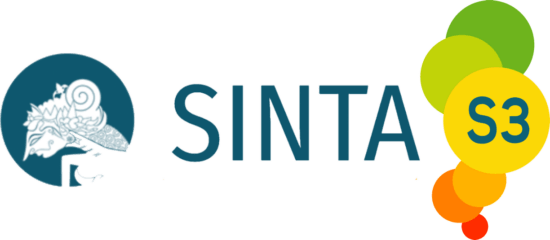Pernikahan dalam Perspektif Masyarakat Bandung
Keywords:
marital horizon, criteria of marriage readinessAbstract
This study aims to describe (1) relative importance of marriage, (2) desired timing of marriage, and (3) criteria for marriage readiness. Respondents aged between 15 – 30 years old, 558 individuals, not married, residents of Bandung City. The measurement is Criteria for Marriage Readiness Questionnaire (CMRQ) questionnaire designed by Carrol et al. which has been adapted to Bahasa Indonesia. Results showed that respondents perceived (1) marriage is not important/priority for them at the moment, (2) the ideal age for marriage is about 25 years old, because at this age they are mature/ready to marry, have jobs/carrier/income, and have accomplished higher education degree (bachelor/master). Different from previous findings from Carroll, respondents perceived some criteria which need not to be fulfilled before marriage: (1) have enough sexual experience, (2) have kids before marriage, (3) military service, (4) have lived together with lover, (5) premarital intercourse, (6) drinking and smoking. The present study increases understanding of criteria considered by people that needed to be fulfilled before marriage. The fulfillment of these criteria seems to play a role in the age of first marriage of the people in the city of Bandung. Further studies should be done to investigate the cultural values in perceiving marriage by the people of Bandung.References
Arnett, J. J. (2006). Emerging Adulthood: The Winding Road from the Late Teens through the Twenties (1 ed.). Oxford: Oxford University Press.
Badan Pusat Statistik. (2015). Statistik 70 Tahun Indonesia Merdeka. Retrieved from http://bps.go.id/index.php/publikasi/1053
BPS-Statistics of Bandung City. (2016). Bandung City in Figures. Bandung: BPS-Statistics of Bandung City.
Carroll, J. S., Badger, S., Willoughby, B. J., Nelson, L. J., Madsen, S. D., & Barry, C. M. (2009). Ready or Not? Journal of Adolescent Research, 24(3), 349-375. doi: 10.1177/0743558409334253
Carroll, J. S., Willoughby, B., Badger, S., Nelson, L. J., Barry, C. M., & Madsen, S. D. (2007). So Close, Yet So Far Away. Journal of Adolescent Research, 22(3), 219-247. doi:10.1177/0743558407299697
Duvall, E. M. (1977). Marriage and Family Development (5 ed.). Philadelphia: Lippincott Co.
McGoldrick, M., Carter, B., & Garcia-Preto, N. (2011). The expanded family life cycle: Individual, family, and social perspectives. Boston: Allyn and Bacon. Google Scholar.
Morgan, D. L. (2006). Quota Sampling. The Sage Encyclopedia of Qualitative Research Methods. CA: SAGE Publications, Inc.
Newman, B. M., & Newman, P. R. (2017). Development through life: A psychosocial approach. Boston: Cengage Learning.
Willoughby, B. J. (2010). Marital Attitude Trajectories Across Adolescence. Journal of Youth and Adolescence, 39 (11), 1305-1317. doi:10.1007/s10964-009-9477-x
Downloads
Published
How to Cite
Issue
Section
License
Authors who publish with this journal agree to the following terms:- Authors retain copyright and grant the journal right of first publication with the work simultaneously licensed under a Creative Commons Attribution License that allows others to share the work with an acknowledgement of the work's authorship and initial publication in this journal.
- Authors are able to enter into separate, additional contractual arrangements for the non-exclusive distribution of the journal's published version of the work (e.g., post it to an institutional repository or publish it in a book), with an acknowledgement of its initial publication in this journal.
- Authors are permitted and encouraged to post their work online (e.g., in institutional repositories or on their website) prior to and during the submission process, as it can lead to productive exchanges, as well as earlier and greater citation of published work (See The Effect of Open Access).

 Langgersari Elsari Novianti
Langgersari Elsari Novianti
 Pusat Studi Keluarga, Fakultas Psikologi Universitas Padjadjaran
Jl. Raya Bandung Sumedang KM 21, Jatinangor 45363 Indonesia
Pusat Studi Keluarga, Fakultas Psikologi Universitas Padjadjaran
Jl. Raya Bandung Sumedang KM 21, Jatinangor 45363 Indonesia











